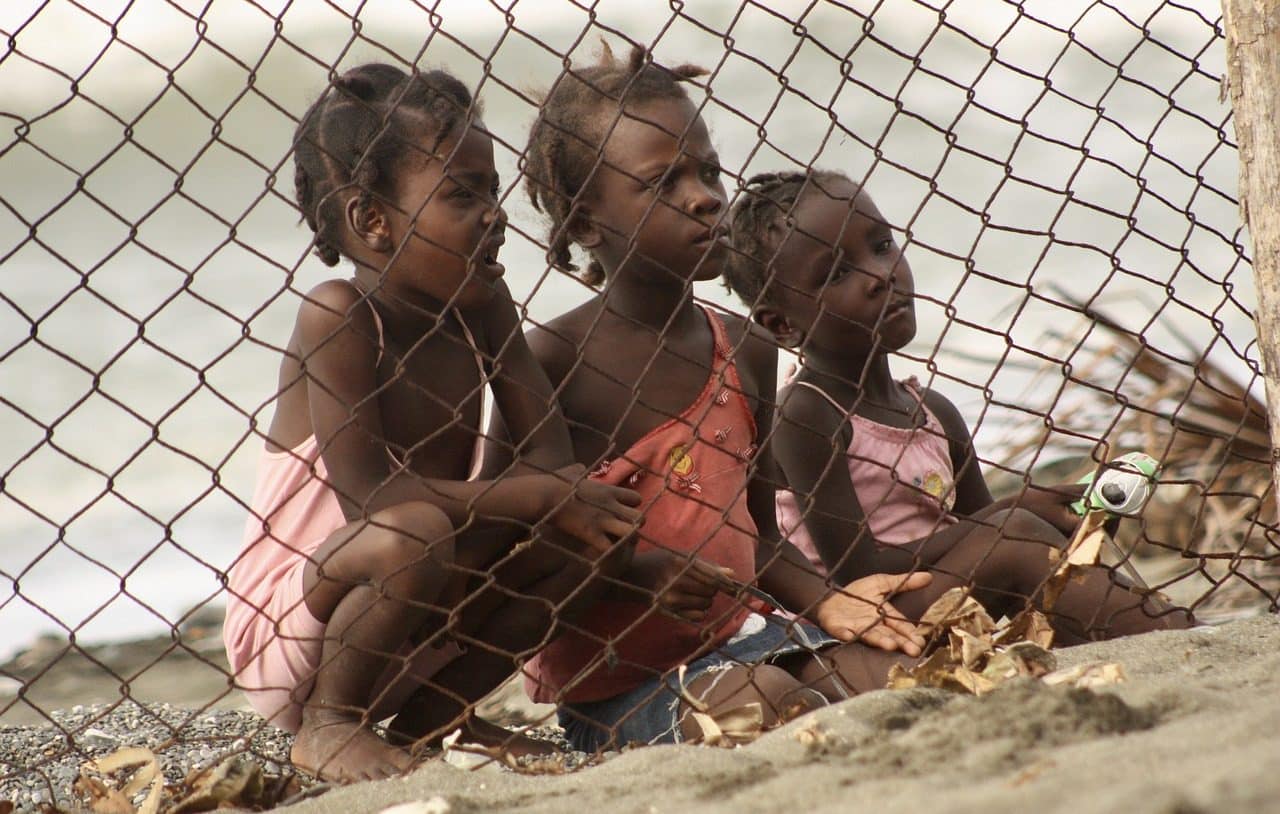
The International Red Cross provides assistance in the face of forced displacement.
Forced displacement is forced migration due to causes that threaten the survival of people . Faced with certain life-threatening reasons, individuals have no choice but to leave their homes.
The idea of displacement refers to the act and result of displacing: evicting or removing something or someone from the place where they are located. What is forced or forced, meanwhile, is imperious or imposed.
Characteristics of forced displacement
Forced displacement is the migratory movement that is necessary in the face of a situation of violence or catastrophe . Those who are forced to move do not have the possibility of remaining in their place of residence since this would imply the risk of death or the inability to satisfy their basic needs.
Armed conflicts (such as a civil war), political persecution, ethnic violence , famine , and humanitarian crises due to natural disasters (such as earthquakes or floods) are some of the reasons for forced migration. In a broad sense, these displacements arise when human rights are systematically or constantly violated.
According to a 2023 report, nearly 114 million human beings had been forcibly displaced at that time. This total included internally displaced persons , refugees and political asylum seekers , which reflects the diverse effects of this problem.
It is important to indicate that forced displacement causes situations that require humanitarian aid and the commitment of the United Nations (UN) , non-governmental organizations (NGOs) and other actors. Those who leave their homes in a forced and untimely manner often end up in extreme poverty ; There are also separated families and unaccompanied minors may arrive at their destination.

Those living in conflict zones may be forced into forced displacement.
Differences with economic migration
Forced displacement is sometimes confused with the migration of people who move in search of new economic opportunities . Although those who leave to improve their economy do so driven by the poor living conditions in their previous place of residence, they generally have the possibility of remaining in their land without a direct threat to their lives.
The idea of forced displacement, in short, is linked to the urgency of fleeing war zones, genocides, epidemics and other factors that imply a concrete and immediate danger . However, other problems - such as urban violence or gender violence - can also force displacement.
Beyond the perspective from politics or sociology, the concept of forced or forced contemplates certain subjective nuances . A family that leaves its town due to lack of work and lack of basic resources to survive with dignity, for example, can maintain that its displacement was forced.

In a failed state there are forced displacements.
Types of forced displacement
Forced displacements can be classified differently according to the cause of origin:
- Forced displacement due to armed conflicts : The action of military or paramilitary forces forces the move.
- Forced displacement due to natural disasters : An earthquake, the eruption of a volcano, a flood or other phenomenon can lead to migration.
- Forced displacement due to non-natural disasters : A fire caused by humans or a nuclear accident are reasons for forced displacement that make up this category.
- Forced and directed displacement : Sometimes people must migrate by order of state authorities; That happens if a dam is built that floods a town, to mention one case.
Climate change
Climate change and forced displacement maintain a close relationship. As we have already indicated, natural disasters tend to boost mobility; These extreme situations and environmental alterations are increasingly frequent due to global warming and its consequences.
According to various investigations, this scenario will mainly affect inhabitants of the African continent. An increasing number of people will suffer from the lack of resources generated by environmental causes, giving rise to conditions that can lead to massive forced displacement.
This reality will require international cooperation to manage cross-border displacement, enable humanitarian corridors , promote resettlement and guarantee health in humanitarian crises.
Examples of forced displacement
Unfortunately, so far in the 21st century we can already find numerous examples of forced displacement. It is possible to take into account what is happening in the Gaza Strip to understand the phenomenon.
In October 2023 , an armed conflict broke out in this region between pro-Palestinian groups (such as Hamas ) and the Israeli army. Figures released by Save the Children at the end of that year indicated that, at that time, some 893,000 children in the area became forcibly displaced.
In Colombia , meanwhile, the Ombudsman warned in May 2024 of the forced displacement of various communities due to irregular armed confrontations and high homicide rates. It is interesting to mention that the Constitutional Court of said South American nation also recognized climate change as a reason for forced displacement.
Other examples of forced displacement can be found in Sudan . UNHCR (United Nations High Commissioner for Refugees) warned at the end of 2023 that more than half a million people had had to leave their homes due to the civil war.
